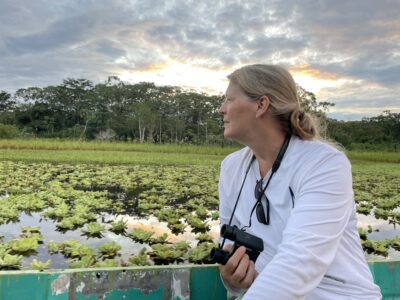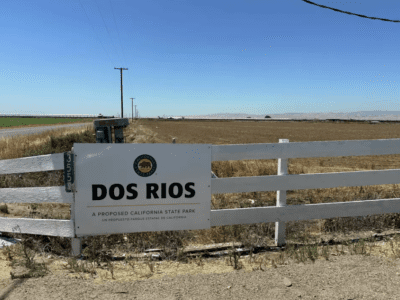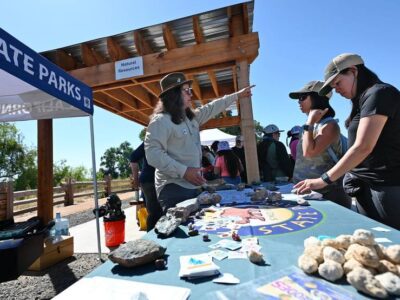By Gillian Brassil and Ari Plachta

Excerpt:
California Gov. Gavin Newsom proposed an increase to state spending on flood threats after a record-breaking winter, while retaining previously proposed budget cuts to his climate and environment budget. The governor’s budget update delivered Friday included $290 million in new funding for flood protection, of which $125 million was pulled from emergency drought response. Another $165 million was earmarked for flood control, business relief and floodplain restoration in the San Joaquin Valley. “Here’s the new commitment: Flood protection,” Newsom said in a press conference. “We have a posture of drought to flood, reinforcing this weather whiplash.”
Flood response measures
After three of the driest years on record, Californians were reminded of their state’s propensity for flooding during periods of high rainfall and rapid snowmelt. It’s that reality, coupled with years of advocacy, that brought the issue to the forefront. “We’re really glad that the administration has taken it to heart, especially to protect people in the San Joaquin Valley,” Julie Rentner, president of River Partners, an organization that collaborates with flood management engineers to restore river ecosystems. In addition to the budget is money to raise the Corcoran levee to protect the nearby city and a pair of state prisons from ongoing flooding in the Tulare Lake basin. The estimated cost for raising the 14.5-mile levee is $17.2 million.
Part of the flooding package is $40 million for floodplain restoration, which scientists and advocates have long argued will help reduce flood risk by allowing overflowing rivers to spread out, slow down and sink into the ground.
“We expect there will be a significant impact related to this investment in the Valley right away. You’re talking about expanding floodplains by hundreds to thousands of acres and getting as much as possible of this ‘Big Melt’ back into the ground to replenish aquifers,” Rentner said.




